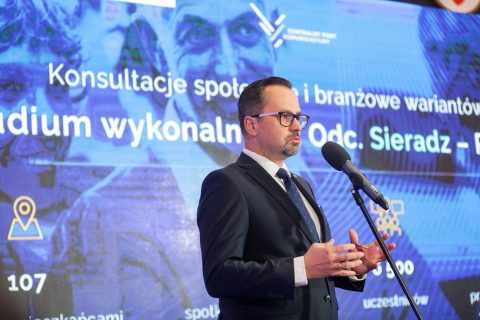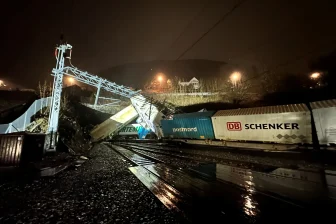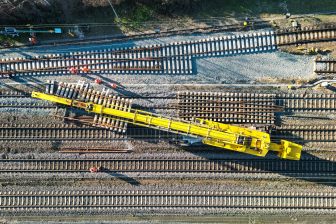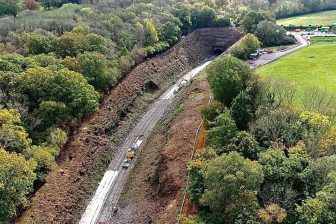
CPK decides on third section of planned high-speed line for Poland
Marcin Horała, Poland's Deputy Minister of Funds and Regional Policy speaks about the CPK project 2023, CPK
Project organisation Centralny Port Komunikacyjny (CPK) has picked its investor variant for the Sieradz-Poznań line, it said on Thursday. The decision marks another step in preparation for the construction of the Y-shaped high-speed line that will shorten travel times in Poland.
Want to read more?
You have read all of your free premium articles for this month. Please become a subscriber to keep reading.
Subscribe now!
Take advantage of our exclusive offer to get full access to all premium content.




